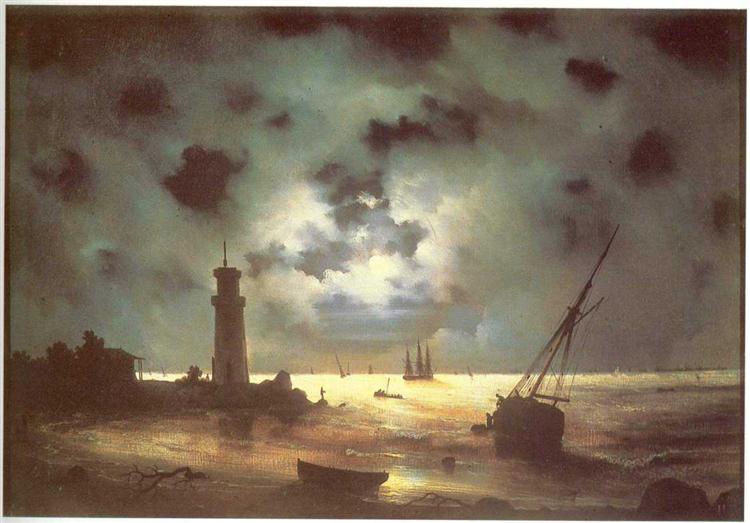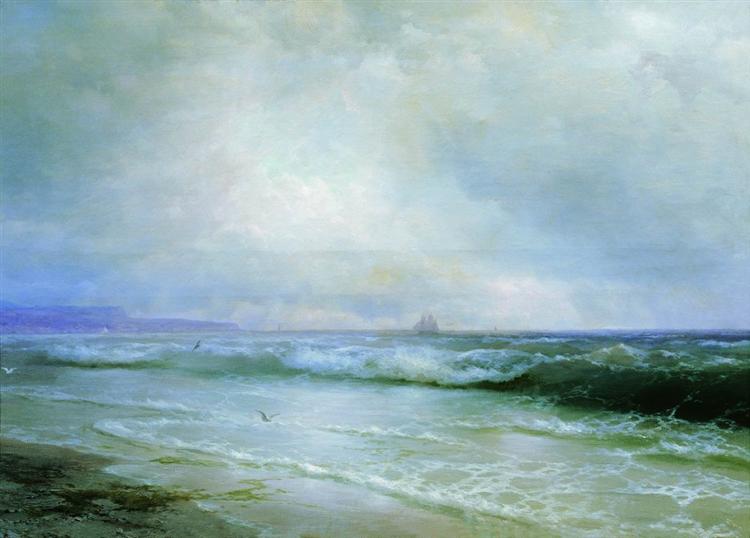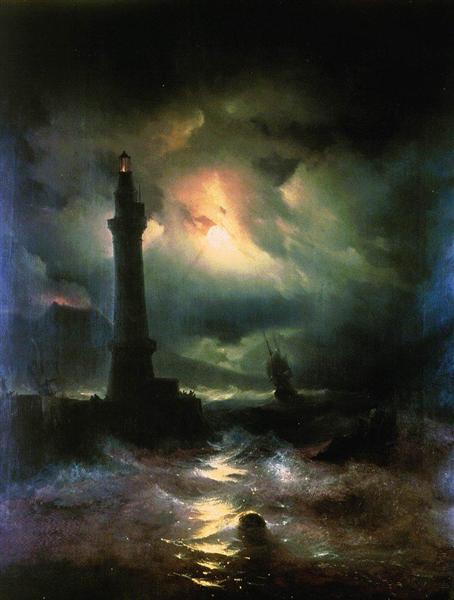Take a photo of a barcode or cover
challenging
inspiring
reflective
slow-paced
Plot or Character Driven:
Character
Strong character development:
Yes
Loveable characters:
Complicated
Diverse cast of characters:
No
Flaws of characters a main focus:
Yes
Reading this book was like reading a poem. There was little plot beyond exploring the minds of the characters and their views of the world. There was a fascinating look into consciousness and how individuals can never truly know one another beyond what they can express through their actions in the world. I never thought I'd be so enthralled with a simple dinner scene. The interlude between the two main sections of the book is one of my favorite passages I've ever read. It felt so melancholy to experience the passage of time through the lens of the home, with the deaths of main characters being but a footnote. I look forward to reading more from Woolf.
slow-paced
reflective
medium-paced
Plot or Character Driven:
A mix
Strong character development:
Yes
Loveable characters:
Yes
Diverse cast of characters:
No
Flaws of characters a main focus:
Complicated
I simply did not enjoy the writing style. I intend to read some other Virginia Woolf books, but not in near future.
[2nd book of 2021. All paintings in this review by the fantastic Russian painter Ivan Aivazovsky; I urge people to look at his full oeuvre.]
To go or not to go, that is the question of this novel. The lighthouse, as stark and straight, glaring white and black as it was, it is a strangely elusive destination for the family and friends in this novel. Though, I think we eventually realise why.

"Coast of Sea at Night"— 1847
As expected, this 1927 novel by Woolf is a modernist novel, using all stream of consciousness, free-indirect speech, etc., and for that reason the plot is almost non-existent. One of my university lecturers often quoted someone (Janet Burroway? Perhaps?) about the difference between “movement” in a novel, and “action”. To the Lighthouse does not have masses of the former, but it has a lot of the latter. Movement is physical, and we get that, partly, especially at the end (and if you count the movement of time as “movement” in this sense, then there is a lot of movement) but most of this novel is hung off internal “action”. One of the principal scenes of the first part, “The Window”, is a dinner scene, and what is the dinner scene’s cost? (For good fiction must have a cost.) It is as simple as wondering if the guests will like the beef stew. When we are inside the host’s head, inside all of their heads, this becomes a subject of great importance, merely because it is about so many other things too, about the role of the mother, her role in relation to her husband, the children, the role of all women… It’s something like that old quote about arguments never really being about the thing that triggered the argument.
The children, also, want to go to the Lighthouse, but if the weather is going to be bad the next day, which is looks like it will, then the trip must be cancelled. James despises his father for this reason, and others, as he grows up. The sea laps against the shore of this novel giving it a claustrophobic but equally massive scope. I have lived by the sea my entire life and the two years I lived away for University, in a city, I felt suddenly trapped; I cannot imagine living away from the sea as an adult. Even when one does not see the sea often, it is knowing you are on the brink of that immense space—there is room for escape. To the Lighthouse subverts that, because there is all that space, there is this wonderful Lighthouse that we wish to go to! But we cannot. The weather will not hold. So suddenly our escape, our immense space, becomes restricted.

“Surf”—1893
The second part of the novel, “Time Passes”, where we can consider there is a great amount of “movement”, was written in such a way that I wish I could transcribe the whole thing into this review. I won’t spoil much, only that time does pass and the house is left in the years of the First World War and beyond. This part needs to be read rather than discussed—
The final part, “The Lighthouse” refocuses. A decade has passed since the first part, some have died, some have died in the War. Time has inevitably passed, which is partly what we begin to feel lapping at the edges of the novel, as the sea laps at the edge of the island of Skye, and the characters’ minds begin to enter this concept, that time passes and humans are essentially victims to it. The meaning of life, even, a question as big as that, floats in the narrative, and sometimes bobs to the surface. But the Lighthouse, as we can feel from the start, that is where we are heading, however many years that pass between the parts.
So, why, after darting through multiple characters’ minds, do we believe the only reward is reaching the Lighthouse, at last? There’s a lot I can’t say, or rather, don’t want to say, the wisdom, the thoughts that bloom in this novel, especially those of Lily, the painter. In the end, I will say, this novel is about ambition, about art itself, and about life, marriage, childhood, time, regrets and tyranny. It encompasses an awful lot in very few pages, with very little movement, save the great movement of time, and all under the blinking eye of the Lighthouse—which in the end, shines its own light through many of the themes of the novel, and our lives.

“Neapolitan Lighthouse”—1842
To go or not to go, that is the question of this novel. The lighthouse, as stark and straight, glaring white and black as it was, it is a strangely elusive destination for the family and friends in this novel. Though, I think we eventually realise why.

"Coast of Sea at Night"— 1847
As expected, this 1927 novel by Woolf is a modernist novel, using all stream of consciousness, free-indirect speech, etc., and for that reason the plot is almost non-existent. One of my university lecturers often quoted someone (Janet Burroway? Perhaps?) about the difference between “movement” in a novel, and “action”. To the Lighthouse does not have masses of the former, but it has a lot of the latter. Movement is physical, and we get that, partly, especially at the end (and if you count the movement of time as “movement” in this sense, then there is a lot of movement) but most of this novel is hung off internal “action”. One of the principal scenes of the first part, “The Window”, is a dinner scene, and what is the dinner scene’s cost? (For good fiction must have a cost.) It is as simple as wondering if the guests will like the beef stew. When we are inside the host’s head, inside all of their heads, this becomes a subject of great importance, merely because it is about so many other things too, about the role of the mother, her role in relation to her husband, the children, the role of all women… It’s something like that old quote about arguments never really being about the thing that triggered the argument.
The children, also, want to go to the Lighthouse, but if the weather is going to be bad the next day, which is looks like it will, then the trip must be cancelled. James despises his father for this reason, and others, as he grows up. The sea laps against the shore of this novel giving it a claustrophobic but equally massive scope. I have lived by the sea my entire life and the two years I lived away for University, in a city, I felt suddenly trapped; I cannot imagine living away from the sea as an adult. Even when one does not see the sea often, it is knowing you are on the brink of that immense space—there is room for escape. To the Lighthouse subverts that, because there is all that space, there is this wonderful Lighthouse that we wish to go to! But we cannot. The weather will not hold. So suddenly our escape, our immense space, becomes restricted.

“Surf”—1893
The second part of the novel, “Time Passes”, where we can consider there is a great amount of “movement”, was written in such a way that I wish I could transcribe the whole thing into this review. I won’t spoil much, only that time does pass and the house is left in the years of the First World War and beyond. This part needs to be read rather than discussed—
The final part, “The Lighthouse” refocuses. A decade has passed since the first part, some have died, some have died in the War. Time has inevitably passed, which is partly what we begin to feel lapping at the edges of the novel, as the sea laps at the edge of the island of Skye, and the characters’ minds begin to enter this concept, that time passes and humans are essentially victims to it. The meaning of life, even, a question as big as that, floats in the narrative, and sometimes bobs to the surface. But the Lighthouse, as we can feel from the start, that is where we are heading, however many years that pass between the parts.
So that was the Lighthouse, was it?
No, the other was also the Lighthouse. For nothing was simply one thing. The other was the Lighthouse too. It was sometimes hardly to be seen across the bay. In the evening one looked up and saw the eye opening and shutting and the light seemed to reach them in that airy sunny garden where they sat.
So, why, after darting through multiple characters’ minds, do we believe the only reward is reaching the Lighthouse, at last? There’s a lot I can’t say, or rather, don’t want to say, the wisdom, the thoughts that bloom in this novel, especially those of Lily, the painter. In the end, I will say, this novel is about ambition, about art itself, and about life, marriage, childhood, time, regrets and tyranny. It encompasses an awful lot in very few pages, with very little movement, save the great movement of time, and all under the blinking eye of the Lighthouse—which in the end, shines its own light through many of the themes of the novel, and our lives.

“Neapolitan Lighthouse”—1842
A total masterpiece. Changed my thinking on time and experience. I loved this book when I first read it and loved it again when I went back to it years later.
challenging
emotional
reflective
sad
tense
slow-paced
Plot or Character Driven:
Character
Strong character development:
Yes
Loveable characters:
Yes
Diverse cast of characters:
Yes
Flaws of characters a main focus:
Yes
slow-paced


